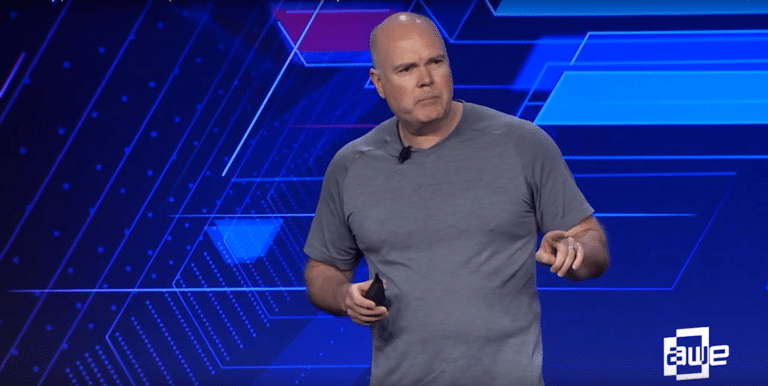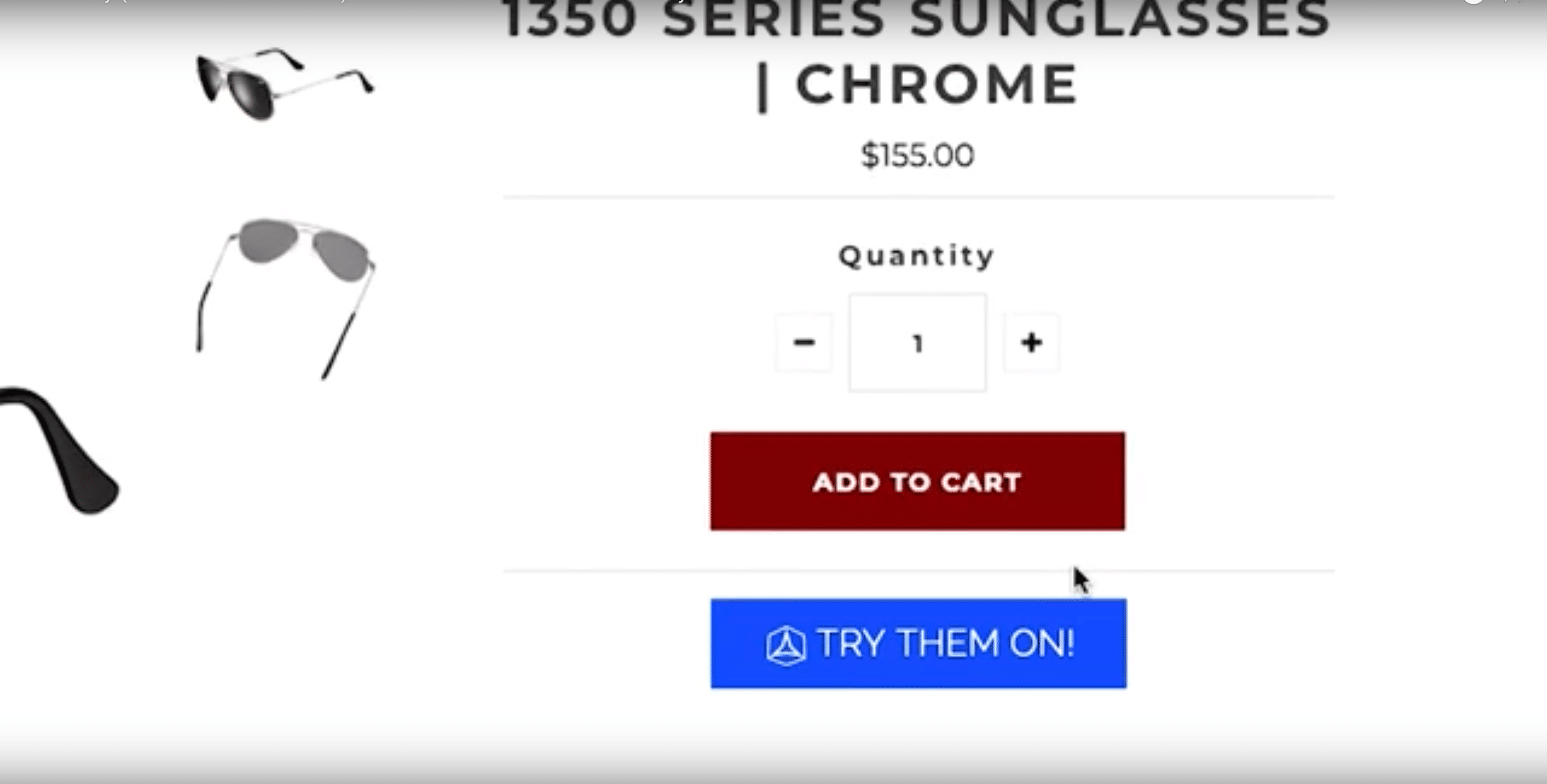
XR Talks is a series that features the best presentations and educational videos from the XR universe. It includes embedded video, as well as narrative analysis and top takeaways. Speakers’ opinions are their own.
AR and commerce go well together, given the technology’s ability to demonstrate products in immersive ways. That’s playing out in advertising contexts such as sponsored AR lenses that lead to transactions, as well as product marketing within brands’ mobile apps, a la IKEA Place.
But beyond the AR part, there are orbiting technologies that will bring additional value to the table. We’re talking about things like AI-fueled sentiment analysis to be able to monitor and react to consumers’ visual signals. This is the tech stack that NexTech AR Solutions is building.
“We started to build out stacks for AR, AI and analytics… you need the composition of all three of those to really be powerful,” said NextTech’s Paul Duffy at AWE (video below). “We’re using sentiment analysis quite actively to better understand how to customize the customer journey.”

For example, one modality is in-store holograms of brand spokespeople, viewable through mobile AR. That beats the typical cardboard cutouts you see in retail endcaps. The sentiment analysis comes into play to track shoppers’ human signals so holograms can react accordingly.
“What we really wanted to do was season that AR with natural language response,” said Duffy. “We realized that if we could put that into the experience with the hologram, we’d be able to create that goal state around bringing the sales agent into the actual customer journey.”
There are of course several moving parts for this vision and that goes back to NexTech’s stack. In addition to AI and sentiment analysis, the company has a background in holograms, such as event-based telepresence for speakers like Tony Robbins and Gary Vaynerchuck.
The company also realizes that retail AR has to be seamless, which is misaligned with the need to stop and download apps. So it’s leaning into web AR, including software that lets retailers upload 3D assets to generate code that’s in-turn planted on product webpages to AR-enable them.
“If it’s web AR, it’s easy: you literally copy and paste onto a system like ours, and you get an embed code, the same way you would upload a video to YouTube,” said Duffy. “And then you can pop it into virtually any piece of IP enabled content, be it your website, blog, or Facebook ad.”

The results are telling. In A/B testing, the company saw 300-500 percent increases in conversions, and other key metrics like revenue per user (up 100 percent) and time on site (up 30 percent). AR-informed purchases also reduced returns, which is one of the rally cries for AR commerce.
But the most impactful part could be where the company is headed next. With all of the above components in hand, it wants to make messaging the next AR-enabled commerce channel. This comes at a time when messaging businesses, a.k.a. “conversational commerce,” is growing.
“We’re calling this AR chat,” said Duffy. “If you’re a retailer and you’re thinking about commerce in today’s world, the new battleground is not the website, it’s actually the messaging app — the conversational commerce happening day-in and day-out between customers and brands.”
The way this plays out is by infusing AR with customer messaging threads already underway. Live agents or bots (or both) can send users 3D product renderings to visualize in their immediate space. The company has already partnered with Live Person and Tamara Mellon to do just that.

Back to sentiment analysis, it’s a natural fit for messaging. Typed content can signal agents to respond in optimal ways that lead consumers towards AR visualizations and, ultimately, conversions. And messaging is already transaction-enabled within most chat apps.
“Because they haven’t left the messaging app, the purchase can be handled in this case by Apple Pay,” said Duffy during a case study for Tamara Mellon. “The customer has taken the AR app, put it into their room, selected the product, and made the purchase all within that system.”
This is good example of AR’s rare “full funnel” ability that we often cite. Besides being compelling to shoppers, brands are attracted to the high conversion rates and measurability. We already knew that, but bringing this concept to the messaging channel could be a breakthrough.
“In the spirit of removing friction in the customer journey and embedding yourself at those touch points where customers make decisions, this is one strong candidate for where AR makes a compelling difference,” said Duffy. “We think it’s going to be a great new battleground for AR.”
See the full presentation below.
For deeper XR data and intelligence, join ARtillery PRO and subscribe to the free AR Insider Weekly newsletter.
Disclosure: AR Insider Editor Mike Boland sits on NexTech AR Solution’s Advisory Board. Disclosure and ethics policy can be seen here.
